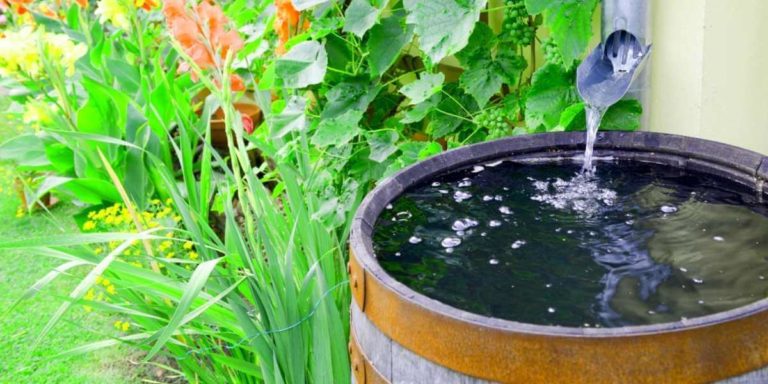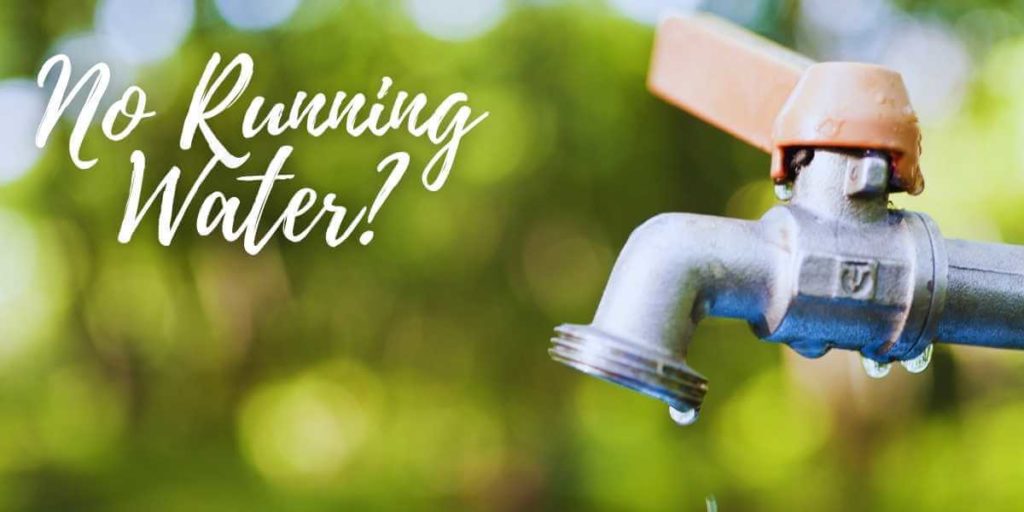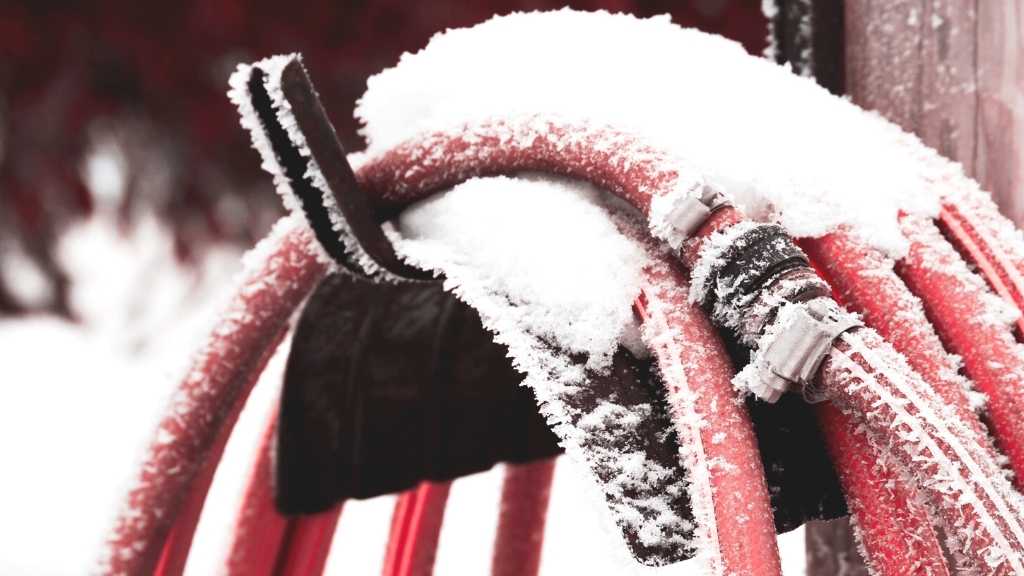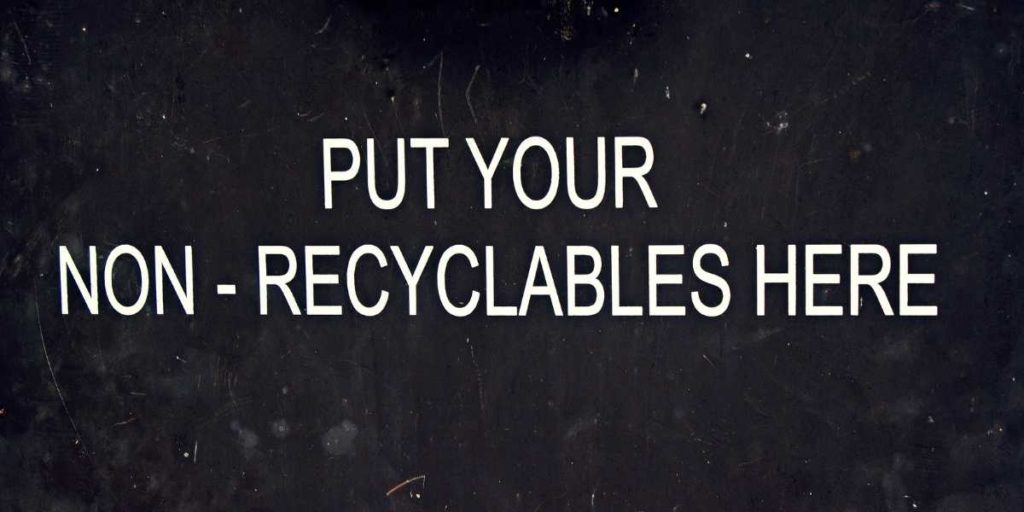Normally rain is considered the primary water source for most outdoor plants. But climate is changing, and the rainfall pattern can be very different, even within the same region. It is also out of our control.
We were lucky enough to have a vegetable garden in the backyard of the house. But in many cases, the vegetable garden can be in a remote space, far away from the house and without running water available.
Those plants still need the same attention and care, and water is still among the most important factors that support the plants in growing healthy.
So how can you water such a remote garden? There are good solutions to consider. Our first choices are detailed below and we will elaborate more in the rest of this post. Therefore, please keep reading!
To water a garden that is far from your house, in a remote location, without an outdoor spigot, or without running water available, you can take into account one of the following options.
1. Build Swales Across the Garden
Build Swales, as they slow down the water that is coming down a hill or slope. This is giving it more time to soak into the ground instead of running on top of the soil. Swales catch the water and direct it along their contour, around the garden.
If you have a bit of slope on your property, you should consider a swale circuit to direct all the rainwater in a smart way.
Before starting to dig the swales, take a time to analyze how the water resulting from rainfall behaves on the soil.
Analyze the water runoff patterns and if there are any spots where the water pools. That is a potentially good place and digging a swale across it will direct that water to other parts of the garden that do not catch so much water.
Also, analyze the landscape of the garden and evaluate any slopes that may be seen. Swales work very well when dug at the lower end of a slope. But keep in mind that the slope angle should not be very high and the swale should not be too deep as well.
Once everything is analyzed, plan the swales circuit around or across your garden. Then, depending on the size of that area, pick up a shovel and start digging. For larger gardens, reach out to a contractor for digging the ditch of the swale.
2. Install a Hand Pump Well
Installing a hand pump sounds like a complicated option to choose, but it can be quite effective. You will need to invest some time and effort into it once, but then, if you install it successfully, you can solve the garden watering problem.

Not to mention that you will most probably obtain water that is safe to use not only for the plants but for drinking as well.
Hand pumps are manually operated pumps, which normally have a single piston. To operate them you need to press and lift their piston rod in order to extract and discharge the water from within the ground. The average depth is around 50 feet (15 meters) and the extraction requires a medium physical effort.
There are a lot of people who can install a hand pump by themselves, but if you have no experience with this type of action, asking for specialist help is necessary.
3. Use a Portable Water Storage Tank With a Spigot
A portable water storage tank is a great solution, especially for bigger and remote gardens.
Water tanks come in different sizes. Depending on the volume of water capacity, they can be stationary or portable.
Portable plastic water storage tanks are normally made of FDA-approved polyethylene resins, and rotational molded, and these tanks should be suitable and safe for water drinking use.
They are available in more colors, including transparent white. This helps you check the water level inside the tank, and are UV stabilized, for prolonged outdoor use and durability.
Opaque colors are preferred to avoid the appearance of algae inside the water tank.
There are a lot of options when thinking about a specific water tank volume.
For a smaller remote garden with moderate watering needs, a 50-gallon water tank should suffice. But you can also choose a larger one depending on your garden size and watering needs.
If you have a specific spot in your garden where a water tank would fit, be aware that portable water tanks for gardening can come in many shapes and sizes. Choose the one which better fits your needs.
For transporting it to the desired location, depending on the tank size, you can use a normal cart on wheels or even a trailer, if the tank is oversized.
4. Use Rain Barrels to Harvest Rainwater

Using rain barrels to harvest rainwater is the last option on this list, but it should not be the last option you consider. Harvesting rainwater is a solution that had been used for as long as we can remember, especially in regions where water sources are limited.
Using rain barrels to harvest rainwater and then use it in your garden can give you a replenishing feeling. By using rainwater you become an active contributor to stopping water from being wasted and it can also save you a lot of money.
Before considering this option, please check your local laws about harvesting rainwater and make sure you are not breaking any regulations. As detailed by the U.S. Environmental Protection Agency, rain barrels are considered passive water harvesting systems, rather small in volume (50-100 gallons), designed to capture the rooftop runoff.
Rain barrels are commonly used in residential applications but can be also used in other areas, such as a distant garden, where the flow from rain gutter downspouts is easily captured for outdoor uses. A most common use is for garden and landscape irrigation.
Rain barrels have a flat base and are very stable. Generally, they are installed at the ground level and most of the available models have a preinstalled spigot for water extraction. Storing them in direct and indirect sunlight will have consequences in time on the water quality. Remember the sun acts as a catalyst for algae growth in the cistern.
This is why more specialists are advising us to avoid purchasing water containers made of translucent materials or light-colored plastics.
Most rain barrels are available in opaque colors or made from opaque materials and are recommended.
Rain barrels have no connection to internal or external plumbing. The water collected in these barrels should not be used indoors (even for non-potable uses).
Most state regulations require clear markings indicating that the water is non-potable. In addition, rain barrels are generally required to be screened to prevent vectors from breeding and properly secured, to avoid creating a drowning hazard.
Conclusion
There are of course viable workarounds in case you need to water a garden and don’t have a running water source nearby. It is always easier to have one or more outdoor faucets available in the garden, but still, in some cases, this is not an option. And we wrote this post specifically for these cases.
Therefore, in this post, we detailed four different but valuable alternatives to use when there is no water source near your garden area, that you need to water. No matter which one better resonates with you, we hope you will try at least one of these alternatives!



